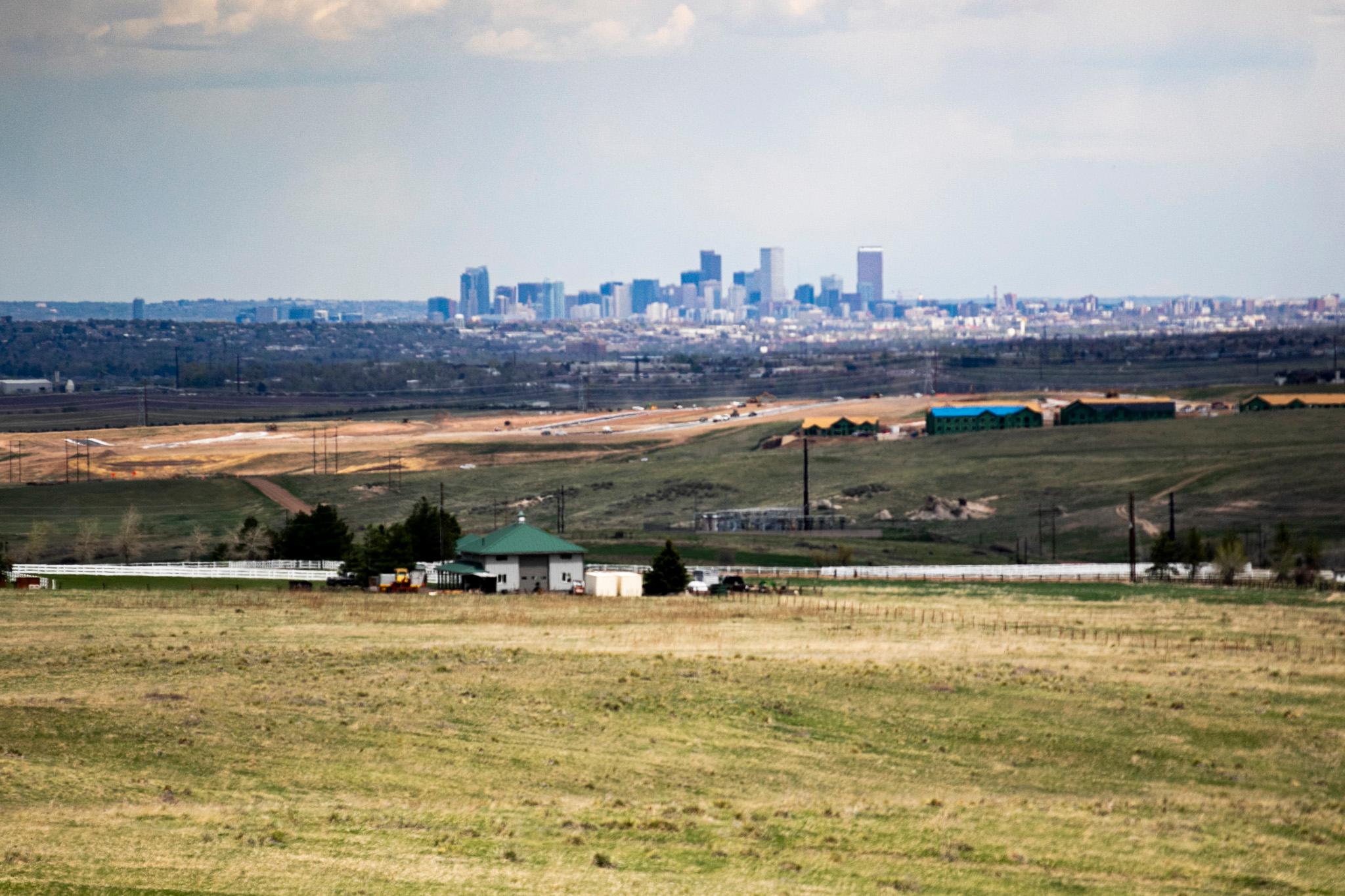If you've ever sat in traffic or embarked on a wild detour around Civic Center Park during one of its many summer events, you've perhaps thought to yourself, crankily, "This better be worth it."
Or maybe you're not so cranky about your fellow humans having a nice time and you're just amiably wondering, "How much does the city collect by monetizing our parks? How much of that money is returned to parks?"
Denverite reader Tom Morris asked those very questions.
The short version is: A lot. And not much.
The longer version is: Denver Parks and Recreation had about 260 public events in 2017, according to spokeswoman Cynthia Karvaski. Public events are things like races, festivals and concerts -- admission-based events. Those brought in about $680,000. It also hosted athletic events like softball tournaments that brought in around $935,000. Leasing park amenities like the Washington Park boathouse generated around $242,000.
But all of that money goes to the city's general fund -- not back to Parks and Recreation. The only way the department gets money directly out of events is if any damage is done to the park and, obviously, that money is used to make repairs.
Of course, general fund money makes its way back eventually. Karvaski said the department spent about $72 million in 2017. The rest of its total revenue budget of $100 million comes from things grants, lottery money, Winter Park and Chief Hosa Campground. Golf lives in its own bubble, essentially, getting back the money it brings in.
Starting Jan. 1, 2019, Parks and Recreation will start getting money from a voter-approved sales and use tax increase. Referred Measure 2A passed with a little more than 61 percent of the vote in this year's midterm elections. According to the ballot language, the 0.25 percent sales and use tax -- 2.5 cents on a $10 purchase -- will generate about $45.94 million annually. It can be spent on:
- Acquiring additional land for parks, trails and open space;
- Developing, improving and maintaining new and existing parks, trails and open space, including in Denver's mountain parks;
- Restoring and protecting waterways, rivers, canals and streams;
- Purchasing, planting and caring of trees;
- Operating and maintaining any related additional acquisitions and capital improvements.
You can read more about 2A here.
Correction: An earlier version of this article included the wrong year for which Parks and Recreation had 260 public events.












